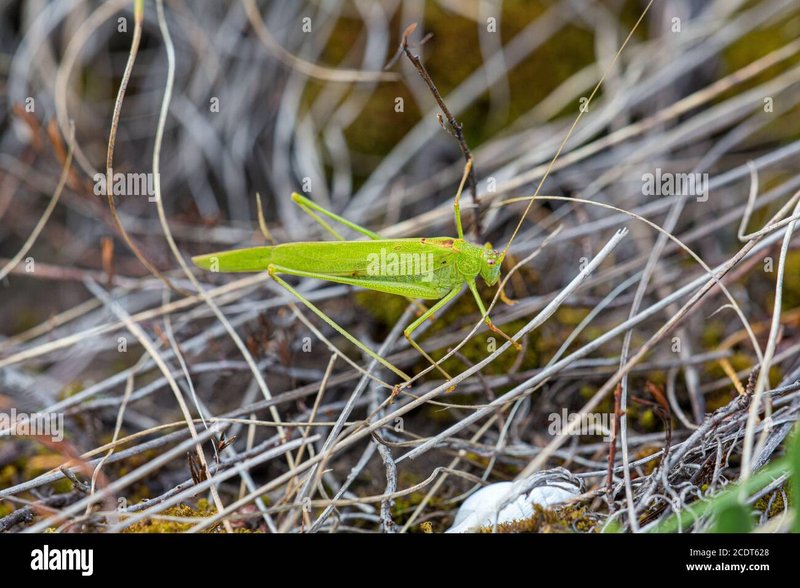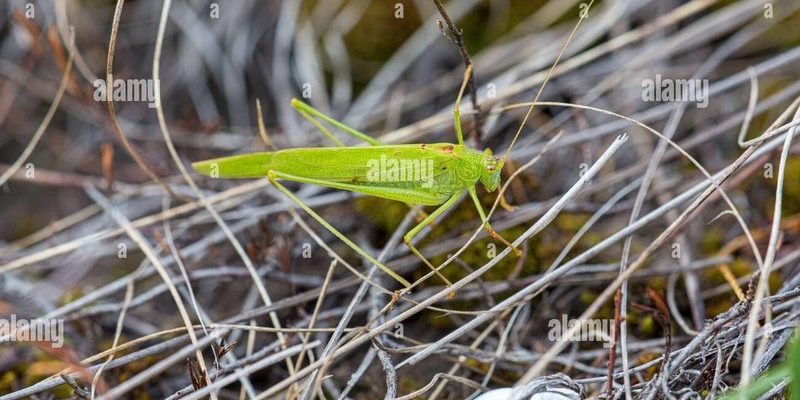
Glowworms are often confused with fireflies, but they are quite different. While fireflies are beetles, glowworms are actually the larvae of specific beetle species. With their soft, glowing bodies, they’re the stars of the night, and learning how to identify them can enhance your outdoor adventures, whether you’re hiking, camping, or simply curious about the nightlife in nature.
What Are Glowworms?
Glowworms are fascinating creatures belonging to the family Lampyridae and come in various species across the globe. Most commonly, people refer to the larvae of these beetles when talking about glowworms. Unlike their adult counterparts, glowworm larvae are often more visible, especially at night when they emit their characteristic glow.
The light they produce is actually a result of a chemical reaction in their bodies called bioluminescence. It serves as an attractant for insects, which get caught in the silk threads that glowworms spin in the dark. Think of it like a spider web, but instead of waiting for a meal, these glowworms use their glow to lure unsuspecting prey.
Identifying a glowworm in its natural habitat involves knowing where to look and understanding what makes them unique. They thrive in damp environments, often found in caves, forests, and along riverbanks.
Where to Find Glowworms
Finding glowworms can be quite an adventure! Here are some prime locations where you might spot these luminous insects:
- Caves: Many glowworm species prefer dark, humid environments like caves. This is where you’ll find them in substantial numbers, often lighting up the ceiling like a starry night sky.
- Forests: Dense woods provide the shelter and moisture glowworms love. Look for them near streams or on the forest floor, especially around areas with decaying vegetation.
- Wetlands: These habitats are rich in moisture and food sources, making them ideal for glowworms to thrive. The soft, wet earth often hides numerous glowworm larvae.
When you’re out exploring, keep an eye out for areas where the ground is damp and shaded. That’s where glowworms are most likely to hang out.
Identifying Glowworms by Their Glow
The most distinctive feature of glowworms is, of course, their glow. But how do you identify a glowworm by its light? Here’s what to look for:
1. Color: Glowworms typically emit a blue-green light that has a somewhat ethereal quality. This color can vary depending on the species, but it’s usually not the warm yellow glow you might expect from fireflies.
2. Brightness: The glow of a glowworm is steady and often quite soft, unlike the flickering of a firefly’s light. You might notice that they look more like tiny, glowing beads clustered together.
3. Timing: Glowworms are primarily nocturnal. So, your best chance of spotting them is after sundown. They tend to be most active during the warmer months, especially in humid conditions.
When searching for glowworms, take your time. Move slowly and quietly, as sudden movements or loud noises can scare them away.
Spotting Glowworms: Physical Characteristics
When identifying glowworms, it’s essential to know what they look like beyond their glow. Here are some physical traits to consider:
– Size: Glowworm larvae are usually around 1 to 2 inches long. They have elongated, soft bodies that can look a bit like small caterpillars.
– Coloration: During the day, glowworms are often a pale green or brown, helping them blend into their environment. At night, their glowing bodies stand out vividly against the darkness.
– Silken Threads: Look for small threads hanging from leaves or branches. These are silk traps that the glowworms use to catch their prey. The presence of these threads is a good indication that glowworms are nearby.
If you get close enough, you might even spot the glowworm itself. But remember to be respectful of their habitat and avoid disturbing them.
The Role of Glowworms in Their Ecosystem
Glowworms play an important role in their ecosystem. Here’s why they matter:
– Food Source: They are part of the food web. Birds, bats, and other predators depend on glowworms for nourishment. Their presence indicates a healthy environment for these predators.
– Pollinators: As larvae, they feed predominantly on insects. By controlling insect populations, glowworms help maintain ecological balance.
– Indicator Species: Glowworms are sensitive to environmental changes. Their presence can indicate a healthy habitat, while a decline in their population might signal ecological issues.
Understanding their role can make your encounter with them even more meaningful.
Conservation and Respect for Glowworms
As you explore and identify glowworms, it’s crucial to practice conservation. Here’s how you can help protect these magical insects:
– Stay on Trails: Straying from established paths can disrupt their habitat. Keep your explorations respectful to ensure they thrive.
– Do Not Disturb: Avoid touching or disturbing glowworms or their silk traps. These can be easily damaged, and disturbing them can lead to stress or injury.
– Educate Others: Share your knowledge about glowworms and their importance. The more people know, the more likely they are to protect these natural wonders.
Conservation is all about creating a balance between enjoying nature and preserving it for future generations.
Identifying glowworms in their natural habitat is a rewarding experience that connects you to the wonders of nature. With their soft glow lighting up the darkness, they remind us of the magic that exists in even the smallest corners of our world. Whether you’re hiking through a forest, exploring a cave, or wandering by a riverbank, keep your eyes peeled for these enchanting insects.
As you learn to identify glowworms, you’re not just spotting an insect; you’re diving into a vibrant ecosystem that deserves respect. So, the next time you’re out at night, let the glow of these little creatures guide your way and inspire a newfound appreciation for all the wonders of nature.

